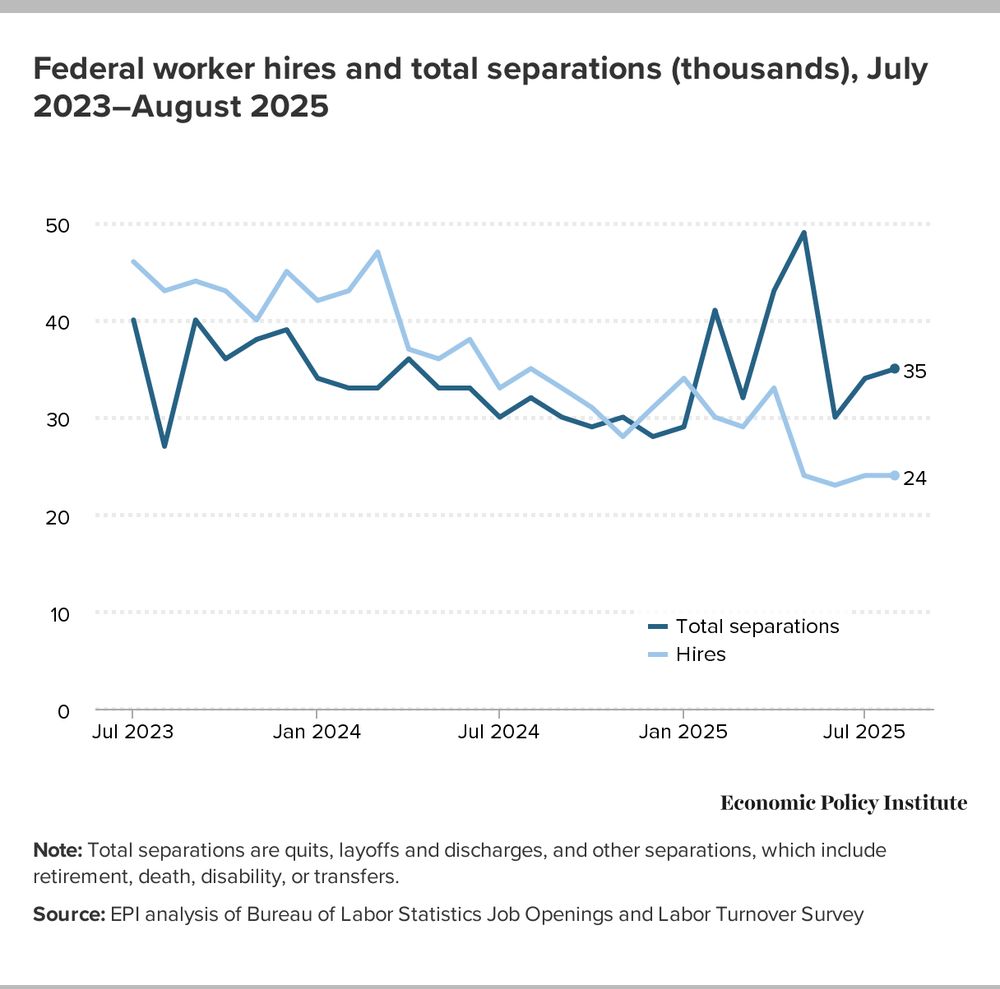Elise Gould
@elisegould.bsky.social
2.7K followers
500 following
190 posts
Economist, bike commuter, ultimate frisbee player. Studying wages, jobs, and economic inequality. Striving to be part of the solution.
https://www.epi.org/people/elise-gould/
Posts
Media
Videos
Starter Packs
Reposted by Elise Gould
Reposted by Elise Gould
Reposted by Elise Gould
Reposted by Elise Gould
Reposted by Elise Gould
Reposted by Elise Gould
Reposted by Elise Gould
















